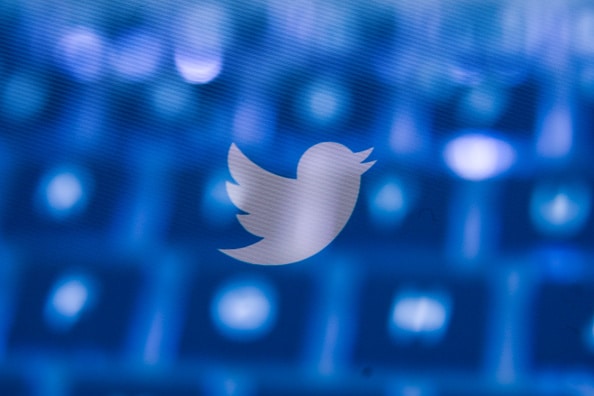Twitter published its latest diversity report on Wednesday, revealing, for the sixth consecutive year, that the bulk of its staff is white or Asian and skews male.
Still, the social platform did make good on its two-year diversity targets for female, black and Latinx employees—meeting and, in some cases, exceeding its goals.
Globally, women represent 42.5% of all roles, just half a percentage point shy of Twitter’s 2018 target, and a bump from 38.4% two years ago. Black and Latinx employees make up 5.8% and 4.9% of all roles, compared to 3.4% for both groups at the end of 2017. Twitter’s two-year timeline was 5% for each.
While Twitter’s 2018 goals weren’t exactly ambitions, the results are a promising step in the right direction and show a slight headway on an issue that has long eluded the tech industry.
Broken down by technical and leadership roles, however, the diversity numbers aren’t so laudable. Women represent just a quarter of all technical positions and nearly 36% of leadership positions, while black and Latinx employees combined make up almost 8% of technical roles and 8.7% of leadership roles. Interestingly, a majority of the small percentage of black and Hispanic employees are in leadership positions: 86% and 76% respectively.
Twitter says that its vision is to become the world’s “most diverse and inclusive tech company,” but the company’s relatively homogeneous workforce still mirrors the broader industry’s, and doesn’t fully reflect the community that it serves.Take, for instance, the popularity and influence of Black Twitter. About 28% of Twitter’s 67 million users are African-American, though they represent just 14% of the total U.S. population, and 40% of African-Americans are on Twitter.
“The stakes are incredibly high and we don’t have the luxury of time or incrementalism. We have a unique responsibility to be bold, move fast–and get this right,” Dalana Brand, Twitter’s head of inclusion and diversity, writes in a blog post.
For Twitter, that means committing to new diversity goals. By 2025, the company pledges to have women comprise half of its global workforce, 42% of technical roles and 41% of leadership positions. The company also set a 25% target for the representation of minority ethnic and racial groups–specifically black, Latinx, Native American, Alaskan or Hawaiian/Pacific Islander or multiracial–and is launching an Inclusive Hiring Program, although no details were given on when that initiative will begin.
Later this year, Twitter plans to publish its progress on workforce representation of military veterans, employees with disabilities and LGBT+ workers for the first time.
Since introducing diversity targets in 2018, the company’s global representation of women has increased by 4% and the figures for black and Latinx employees in the U.S. has climbed by 2.4% and 1.5%. In 2019, nearly half of all new hires were women, 47.1%, and 15.7% of U.S. hires were black or Latinx.
– Ruth Umoh, Forbes Staff, Diversity & Inclusion
